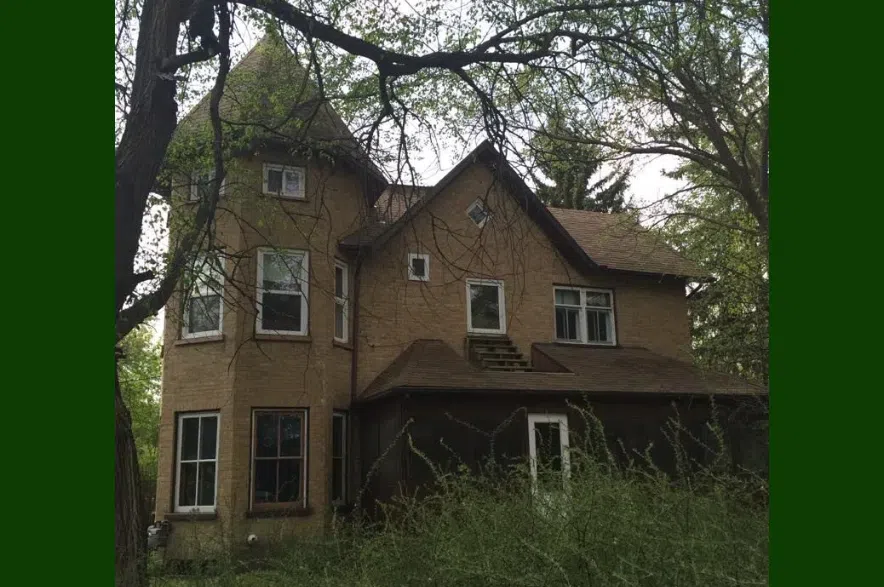The Fort Qu’Appelle Heritage Museum has launched a $500,000 fundraising campaign to purchase the McDonald House, a 28-room Victorian mansion built in 1888 by a Hudson’s Bay Company official and deeply tied to the region’s early history.
“Imagine the most serene place you can think of — like a cabin in the woods or sitting by a lake. That’s what that house felt like,” said Michael Lee, whose family lived there for 44 years. “Everyone who came there felt at home.”
Read more:
- Explore the Saskatchewan rock museum one kid built from scratch
- Doukhobor Dugout House: Unearthing a Saskatchewan historical gem
- Superstitions at play: Saskatchewan Roughriders share their gameday rituals
The house was built by Archibald McDonald, a chief factor of the Hudson’s Bay Company, and stands just steps from the museum’s main building. With ornate woodwork, pressed-tin ceilings, and crown molding featuring a full hunting scene, the property remains one of Saskatchewan’s architectural treasures.
“It was Mom and Dad’s vision to always share the property with people,” Lee said. “Having it go to the museum is the best thing that could happen. It embodies that spirit.”
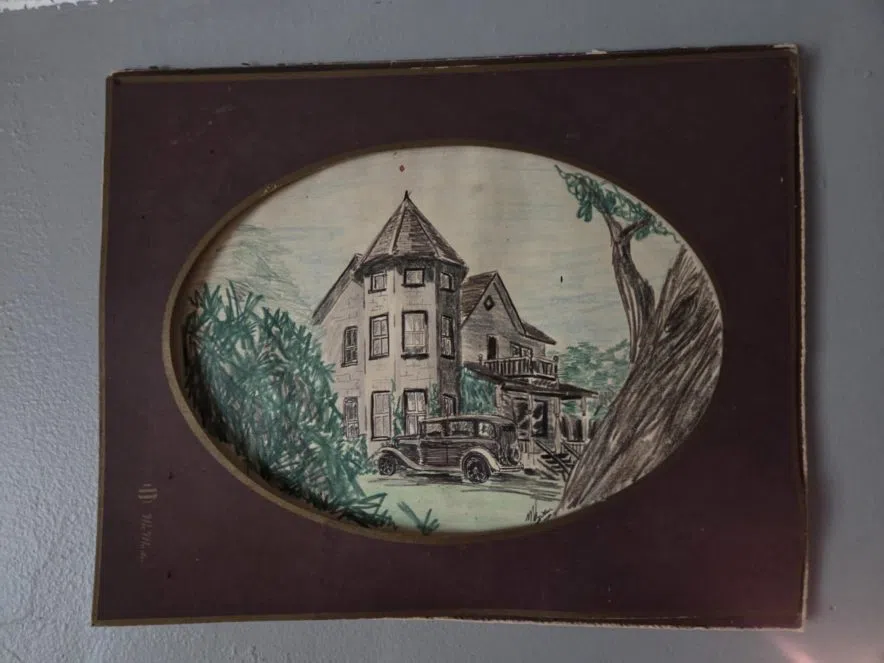
A family drawing of the McDonald House, including a 1939 Ford, reflects its enduring presence and design detail. (Michael Lee/submitted)
The museum is aiming to raise $300,000 to buy the property and another $200,000 to establish a foundation that would maintain it without using public funds.
“Buying the house is one thing. Maintaining it is something else,” said museum curator Alan Hustak. “We are determined to not cost the taxpayers any money.”
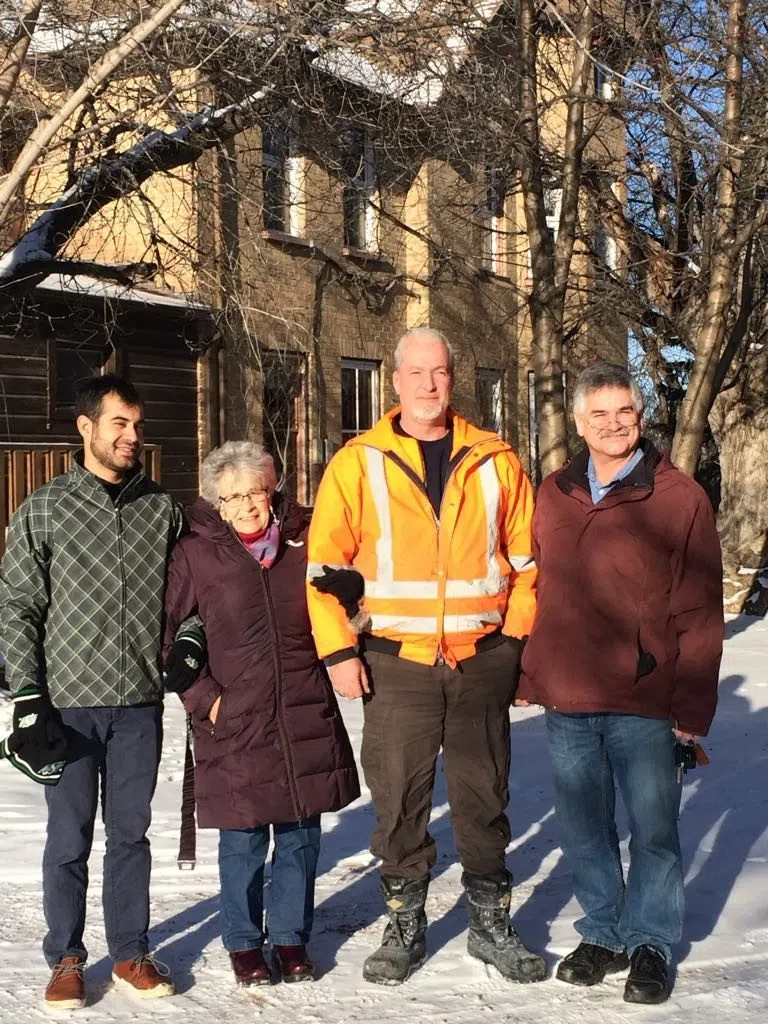
From left: Reza (Michael Lee’s nephew), Louise Lee, Michael Lee, and Rick Lee stand in front of the McDonald House, which the Lee family called home for 44 years. The historic property is now the focus of a $500,000 preservation campaign. (Michael Lee/submitted)
The McDonald House sits on the original site of Fort Qu’Appelle’s Hudson’s Bay trading post. The museum had considered a $2 million expansion, but Hustak says acquiring the mansion is both more affordable and more historically meaningful.
Michael Lee’s family bought the home in 1973, when it was the only house for sale in town. At the time, it was split into two suites and in poor shape. Over time, the family restored the original layout and transformed it into a warm, personalized space.
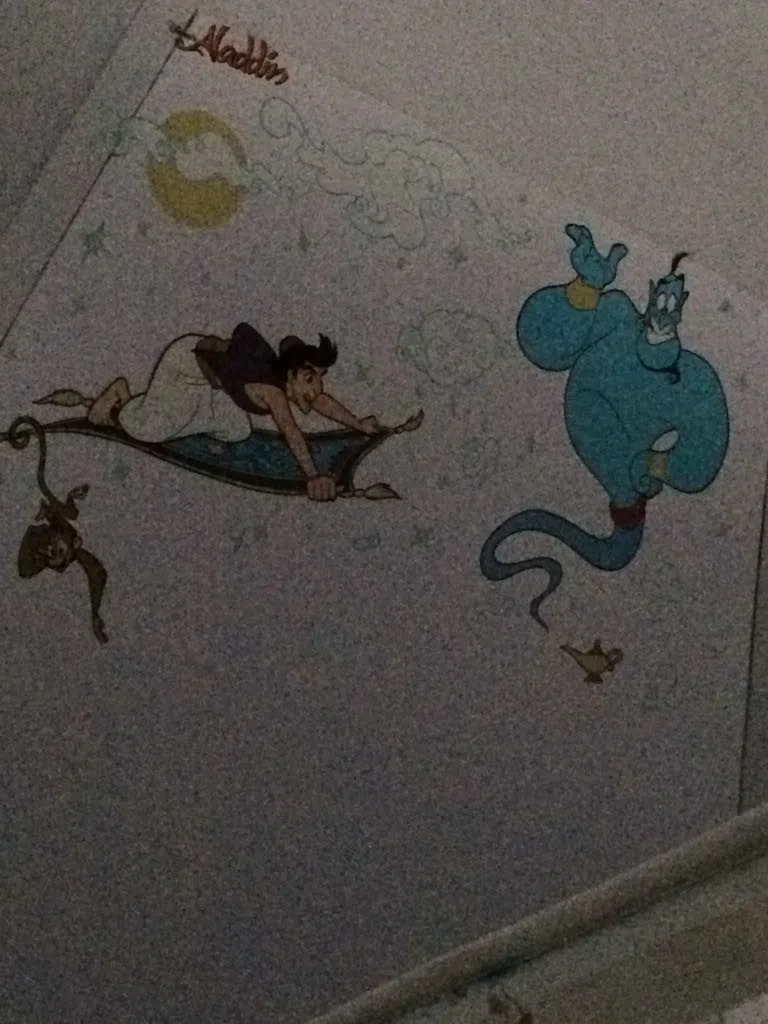
One of the personalized attic bedrooms featured hand-painted murals, including this one depicting Aladdin. (Michael Lee/submitted).
“My dad was always renovating,” Lee said. “By the end, we had seven bedrooms, two kitchens, three bathrooms, a formal dining room, and two rec rooms. He even opened up the attic and built custom bedrooms for each of us kids.”
His brother’s room looked like a rocket ship. His sister Jeanette had a greenhouse built off her bedroom.
Yet, even with all the changes, much of the original detail was carefully preserved.
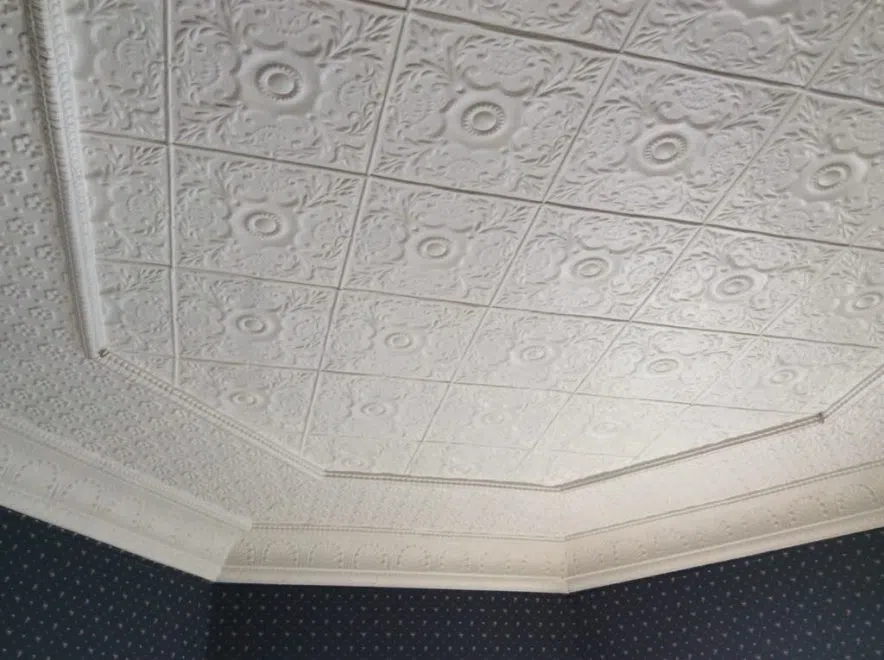
The tin ceilings throughout the McDonald House remain intact, highlighting the craftsmanship of the late 1800s. (Michael Lee/submitted).
“The formal living and dining rooms are completely original,” Lee said. “My parents stripped the paint from the woodwork and brought back the original fir stain. The floors were sanded and redone. Most of what you see is still from 1888.”
The home also carries decades of family memories.
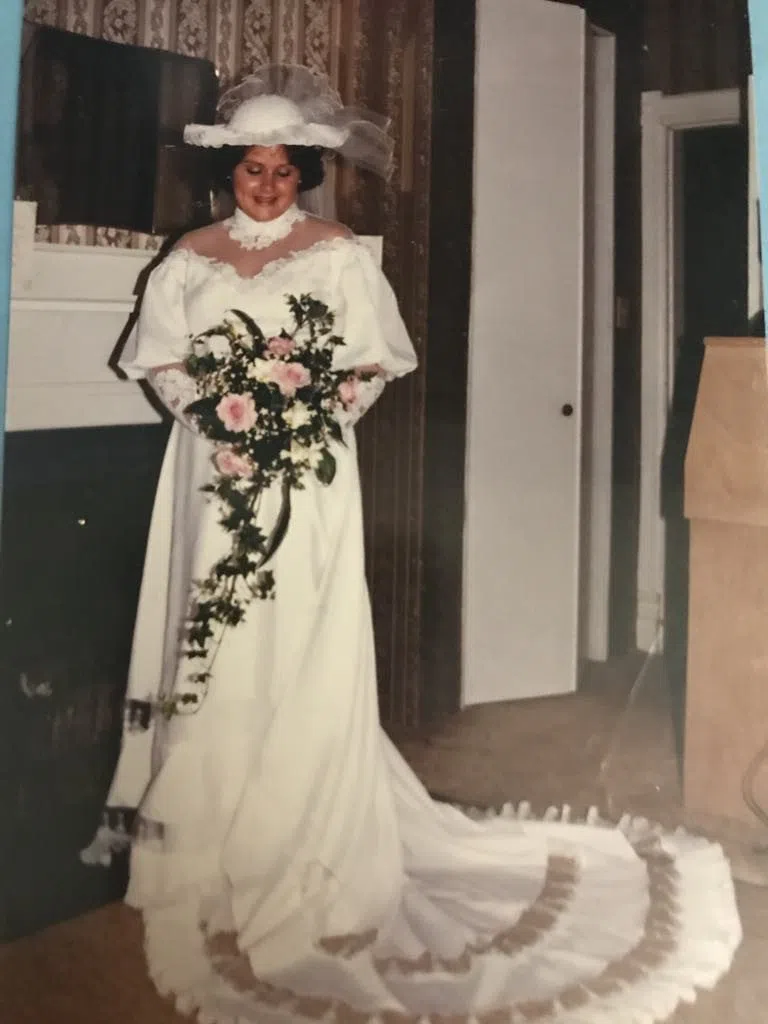
Janette Lee, Michael’s sister, poses on her wedding day inside the McDonald House. The home hosted multiple family weddings during the Lee family’s 44-year residence. (Michael Lee/submitted).
“My brother’s wedding was in that yard. My sister’s wedding was in that yard. My father passed away peacefully in that house. It holds every memory you can think of.”
The McDonald House often drew in curious passersby.
“People used to stop thinking it was part of the museum,” Lee said. “And my mom would just smile and invite them in for a tour.”
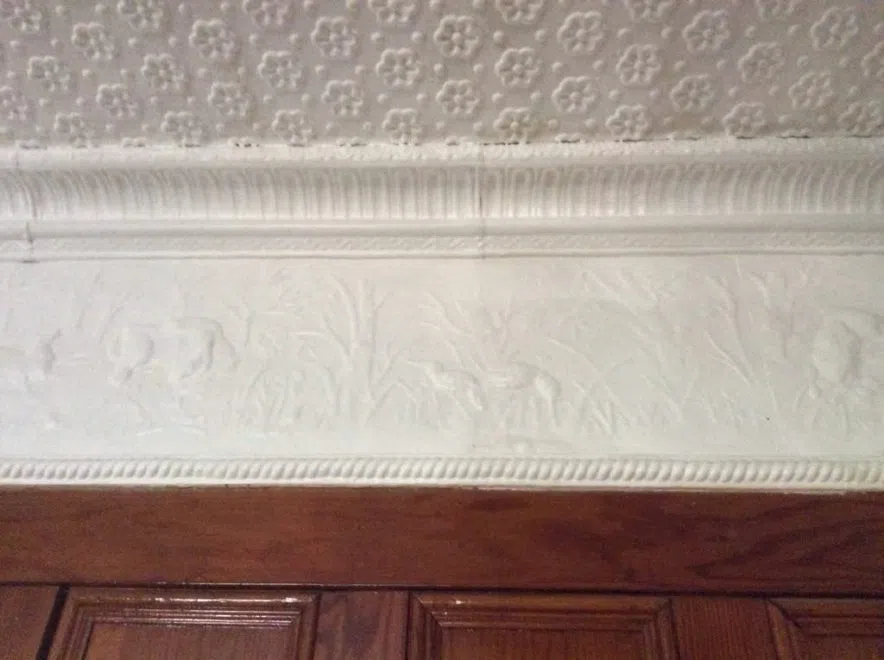
The dining room crown molding features an intricate hunting scene — one of many preserved architectural details. (Michael Lee/submitted).
That community spirit is exactly what the museum hopes to preserve. Hustak says the home would provide space for exhibits, archival collections, and educational programs the current museum can’t accommodate.
“This mansion has been part of the fur trade and the whole development of the valley,” Hustak said. “The entire history of early Saskatchewan is tied up in that house.”
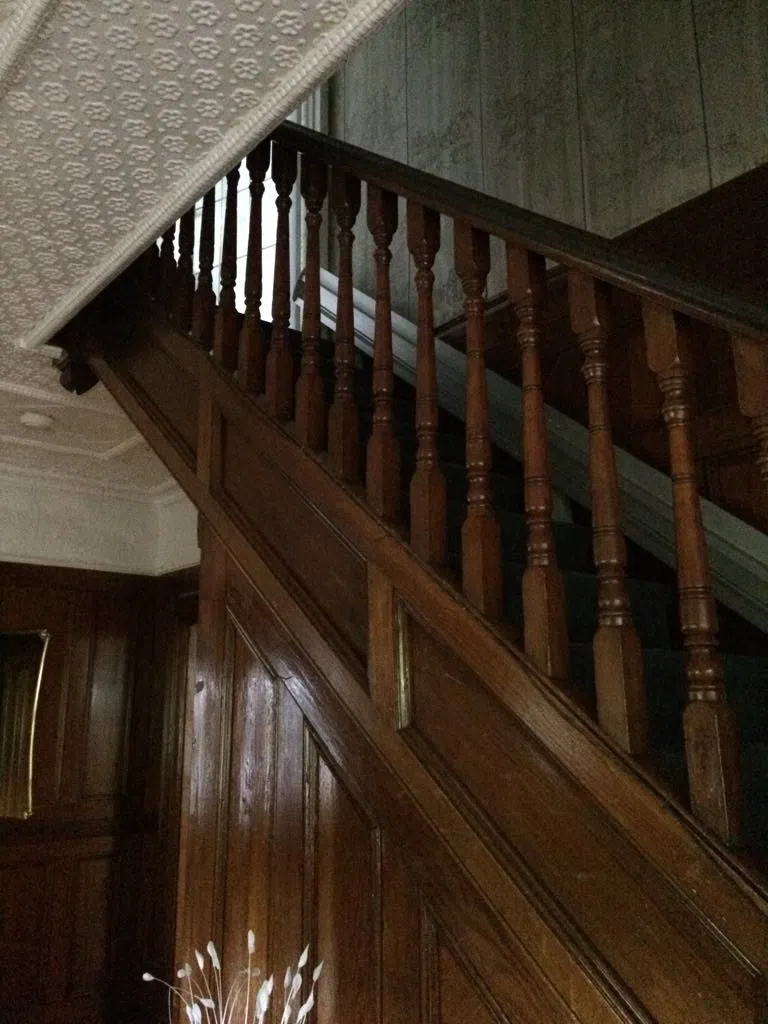
The grand staircase remains a centrepiece of the home, showcasing original woodwork and ceiling craftsmanship. (Michael Lee/submitted).
With a 90-day campaign window, the museum is accepting tax-deductible donations through the Town of Fort Qu’Appelle.
“This house has withstood the test of time more than any other I’ve seen,” Lee said. “I hope people go see it for themselves — and feel that same warmth we did.”
Read more:
